
We may have only one, or many coaches of dance, but each one leaves an impression that makes our lives better. Who has impacted your life?

We may have only one, or many coaches of dance, but each one leaves an impression that makes our lives better. Who has impacted your life?

Five-time world champion Ina Jeliazkova shares some great insights in this meaningful interview on how to reach your full potential as a dancer.

Music is the main source for energy when we dance. It’s expressed in the form of movement. Here’s how to use breathing to complete the picture.

The new IMAX file The Blue Angels is a great look at how much structured practice and training is necessary to achieve greatness.

Is there different technique or training approaches depending on whether you are a social dancer or competitor? Let’s take a look.

Sports nutritionists tell us that hydration is a key part of athletic performance. Here’s more insight on why it matters so much.

The more highly tuned you are as an athlete, the more sensitive your body becomes to the things that don’t help your performance. Foods that impede the efficiency of the body’s muscle burning “engine” become a burden.

Ballroom dancing consists of teams of two people, moving together to music. Here are some common dance partnership mistakes that people make, and how to solve them.
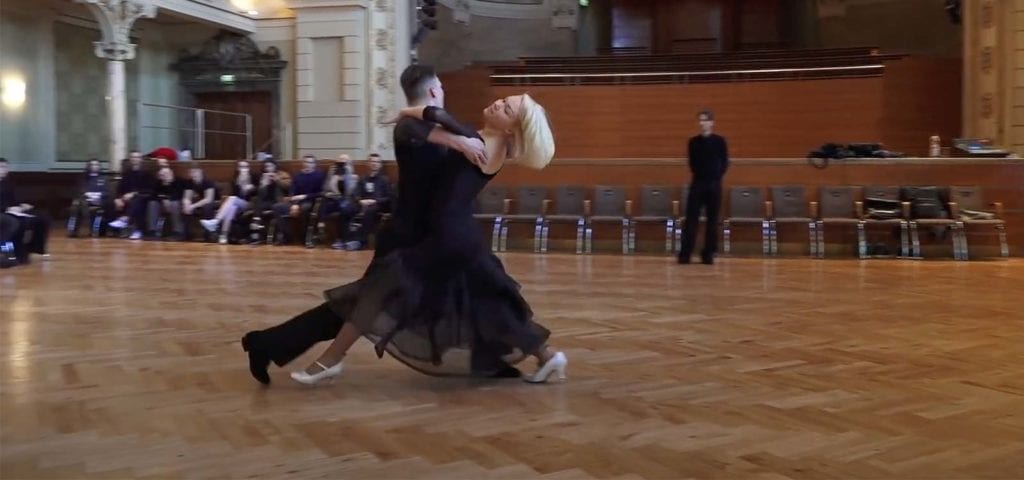
Insights from a lecture by Italian coach Michele Bonsignori at The Camp about the value of understanding basic steps even when you dance at a high level.

We may be going through challenging times as we ride out the threat of COVID-19, but that doesn’t mean you can’t keep learning as a dancer. Here are some helpful ways to continue growing.
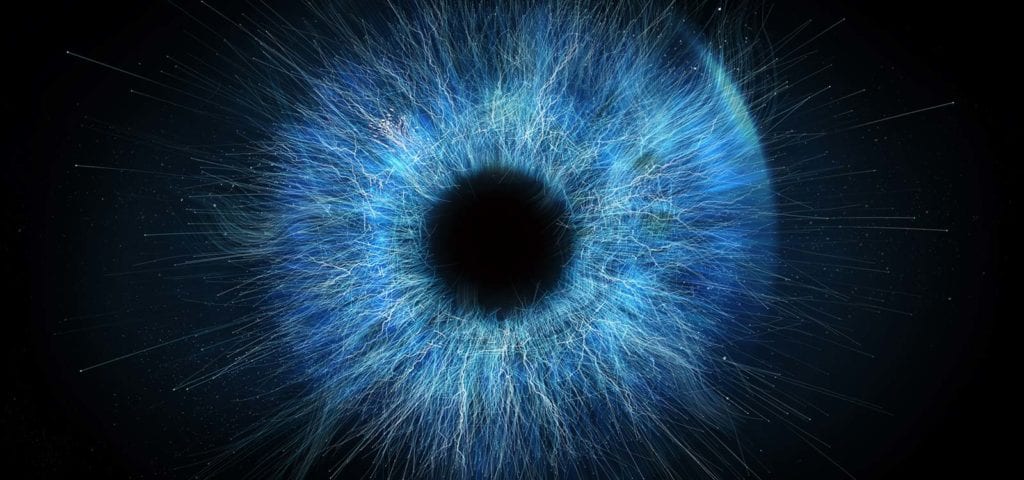
One powerful aspect of dancing is often overlooked: spatial awareness. Here’s more information about how you can develop this skill in your dancing.

in a recent interview, former world champion Corky Ballas gave some excellent insight into the importance of focus during dance practice.
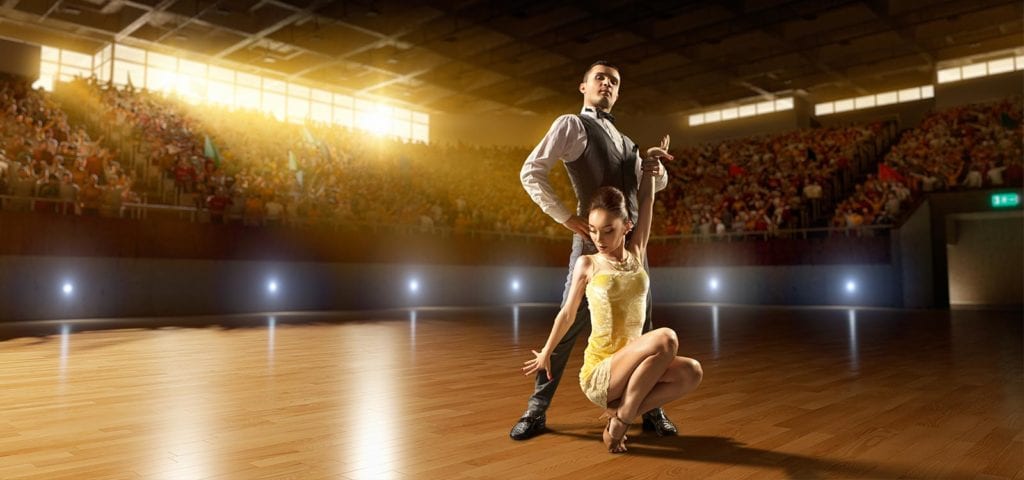
Dancers are always learning technique. So how can we learn to stop thinking so that we can ignore all that technique long enough to enjoy the dancing?
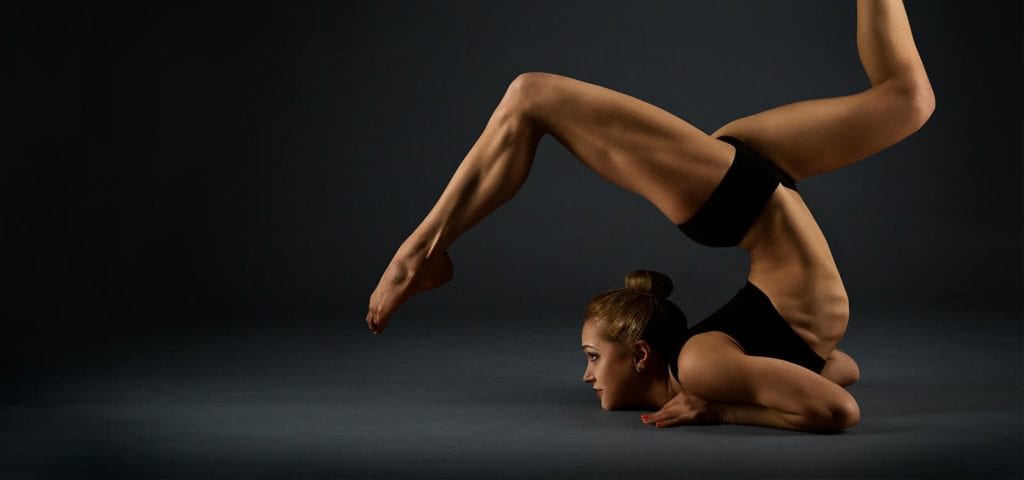
A number of muscles are used in ballroom dancing to create the beautiful shapes and movement we see on the floor. Here’s a guide to preparing your muscles for dance.

We’re making some changes to the Level 2 and 3 Ballroom Dance group classes at Delta Dance to ultimately provide a more enjoyable learning experience for our students.
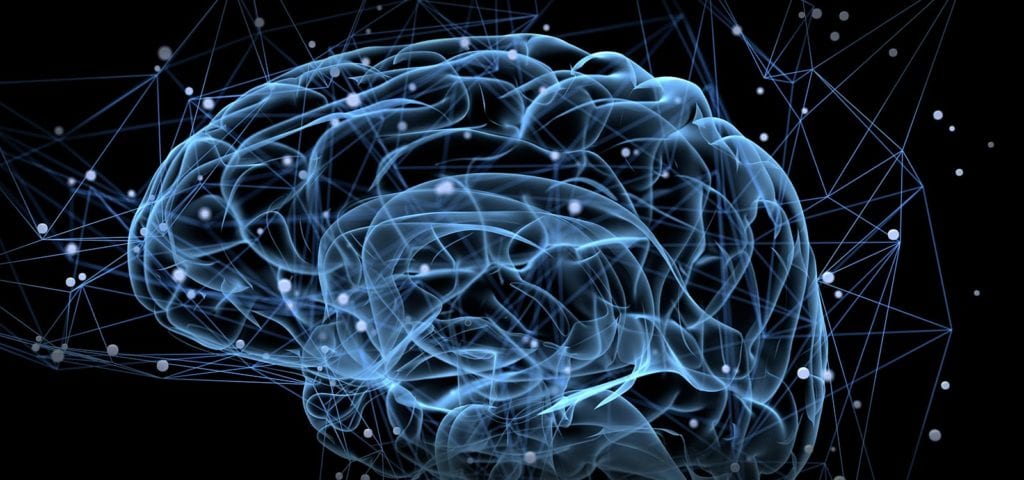
When you first learn a new activity, you do so consciously. As a result, you are slow and inefficient. Unconscious subroutines are just the opposite, fast and efficient. Here’s why it matters.
Wendy and I just completed an exhausting 3-day workshop upgrading our knowledge of the technique of the ballroom dances. These 18 hours of instruction were designed to make us better and more accurate teachers.

Self confidence is a powerful tool for athletes and dancers alike. Here’s some powerful empirical research proving the value of confidence in achieving goals in any activity, whether a sport or learning new ballroom dance steps.

As Canadian DanceSport competitors prepare to compete in the Canadian Closed Championships in the higher altitude of Calgary, Alberta, they should think about how to increase VO2max, their body’s ability to consume oxygen.
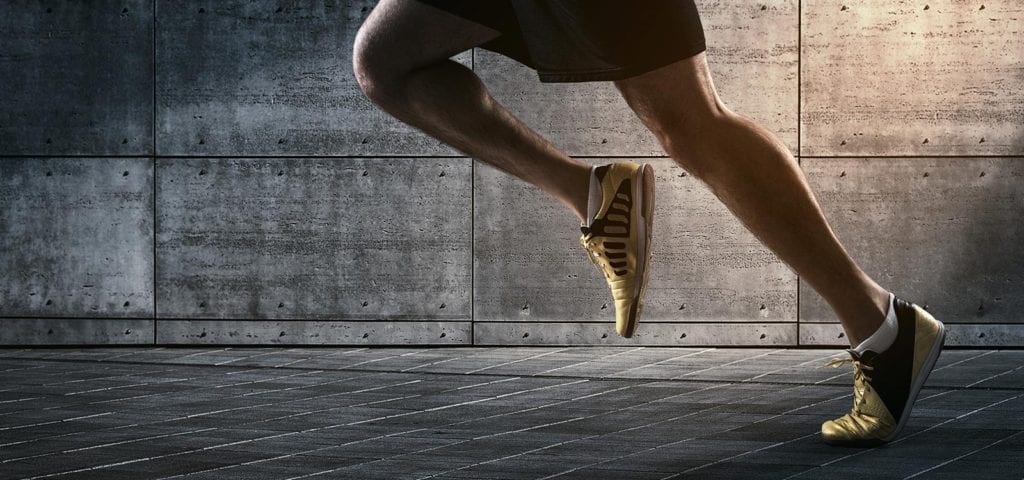
It’s doubtful that many competitors understand just how significant the difference is between European and North American ballroom dance competitors.

Goals? Resolutions? What’s the big deal? There’s a difference between the two. Here’s some clarification to think about as the New Year kicks in.
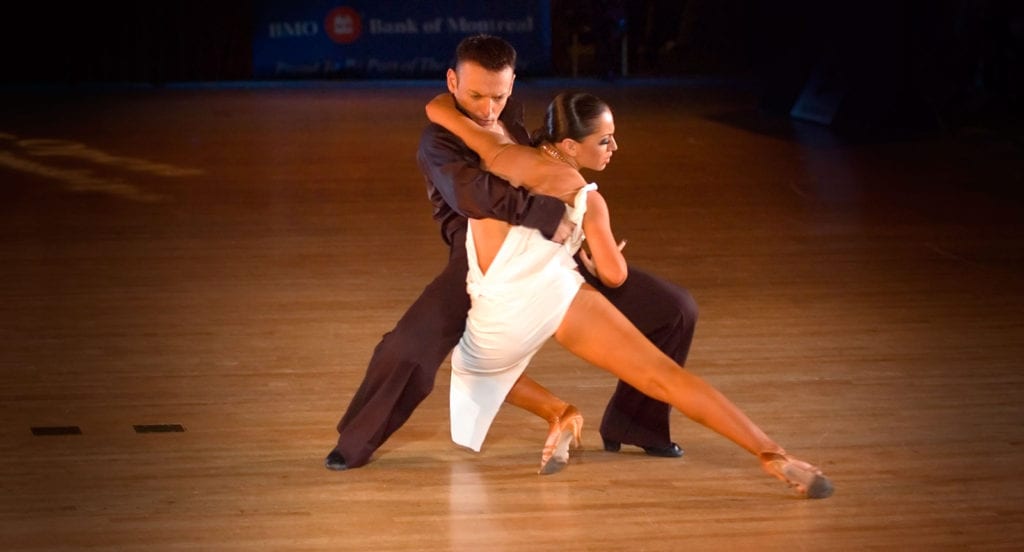
Practice is at the heart of every person successful in their field. But how much is enough? Neuroscientist and musician Daniel Levitin believes that the magic number is 10,000.